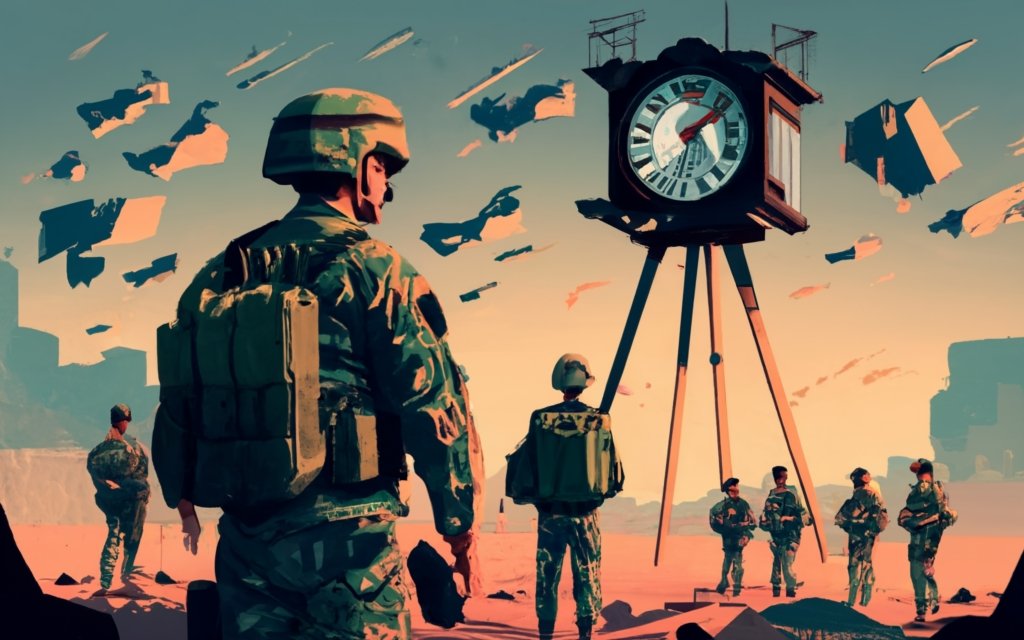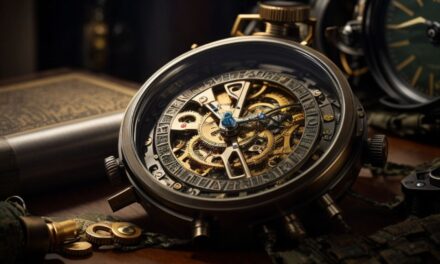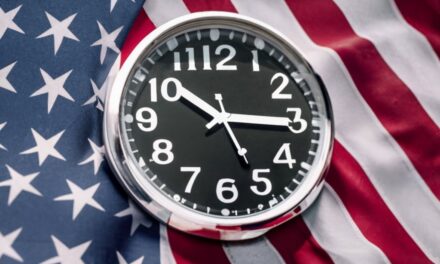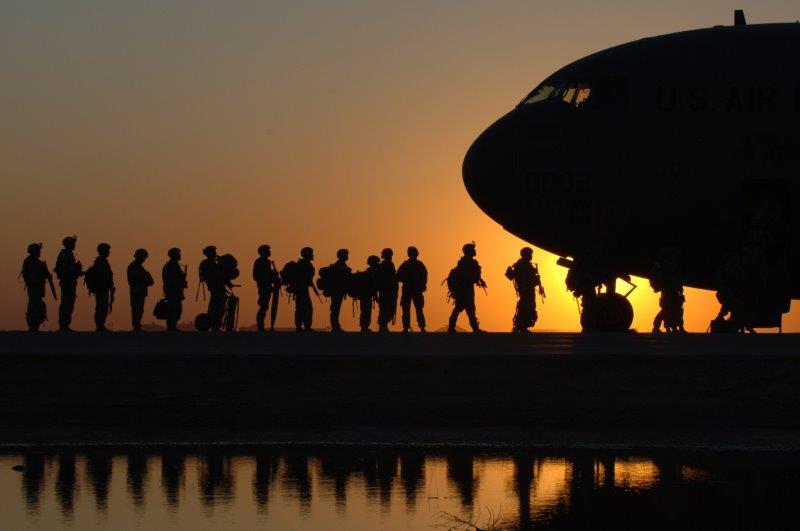Have you ever looked at a clock or schedule showing "military time" and wondered what it meant? Or maybe you've heard the term used but don't really know what it refers to. If so, you're not alone! While military time is used extensively in certain settings, it remains unfamiliar to many people.
In this beginner's guide, we'll cover everything you need to know about military time, also known as the 24-hour clock. You'll learn what military time is, why it's used, how to read and convert it, and much more. We'll even provide charts, examples, and tips to help you master military time.
So whether you're simply curious or need to use military time yourself, you'll become an expert by the end of this article!
Key Takeaways:
- Military time uses a 24-hour clock system to avoid any ambiguity between morning and night.
- Hours are numbered 00 to 23 instead of 12 a.m. and 12 p.m.
- Leading zeros are used for hours earlier than 10 a.m. (e.g. 09:00).
- After noon, just add 12 hours to convert to military time.
- Use time conversion charts to quickly translate back and forth.
- The 24-hour system prevents confusion in mission-critical settings.
- Both digital and analog clocks can display military time.
What is Military Time?
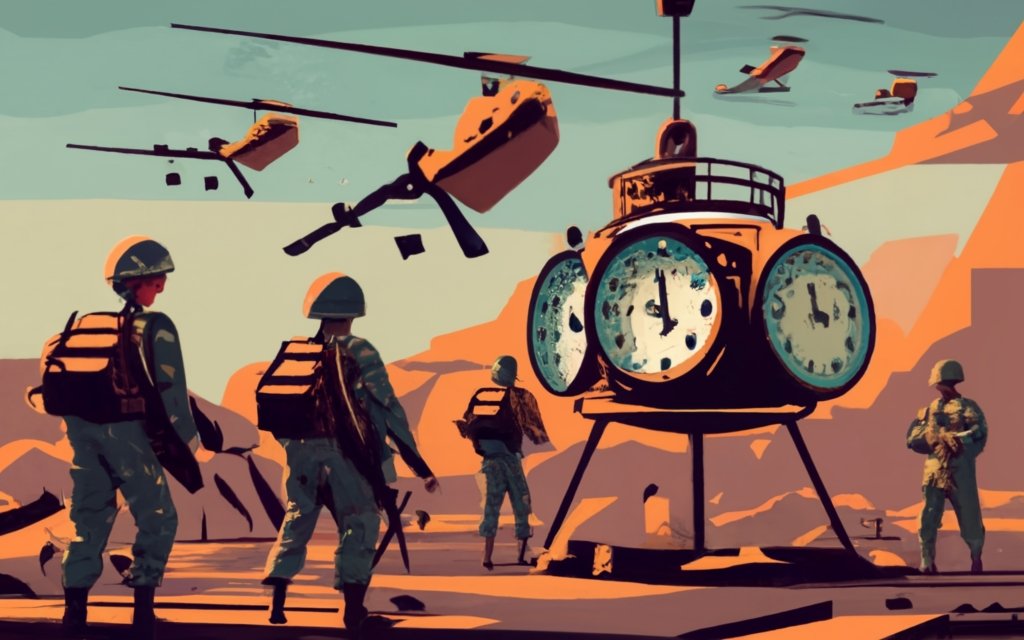
Military time refers to the 24-hour timekeeping system used by militaries and other organizations around the world.
Instead of dividing the day into two 12-hour blocks (a.m. and p.m.), the 24-hour clock divides the day into 24 one-hour blocks starting at midnight. Hours are numbered from 0 to 23 instead of going from 1 to 12 twice a day.
For example, 1:00 a.m. becomes 0100 hours in military time. Noon is 1200 hours, and 11:00 p.m. is 2300 hours. This provides an unambiguous way to express times without any confusion between morning and night.
The most defining aspect of military time is how hours are expressed:
- Midnight is 0000 hours. This can also be expressed as 2400 hours at the end of the day.
- 1 to 9 a.m. uses leading zeros (0100 to 0900 hours).
- 10 a.m to 12 p.m. is 1000 to 1200 hours.
- 1 p.m. to 11 p.m. is 1300 to 2300 hours.
Only the numbers change - minutes and seconds are the same between military time and standard time.
Military time eliminates the need for am/pm labels and avoids confusion between morning and afternoon or night and early morning. This makes it well-suited for military, emergency services, hospitals, aviation, and other fields that need precise, unambiguous timekeeping.
Now let's look at how to read and use military time.
How to Read Military Time
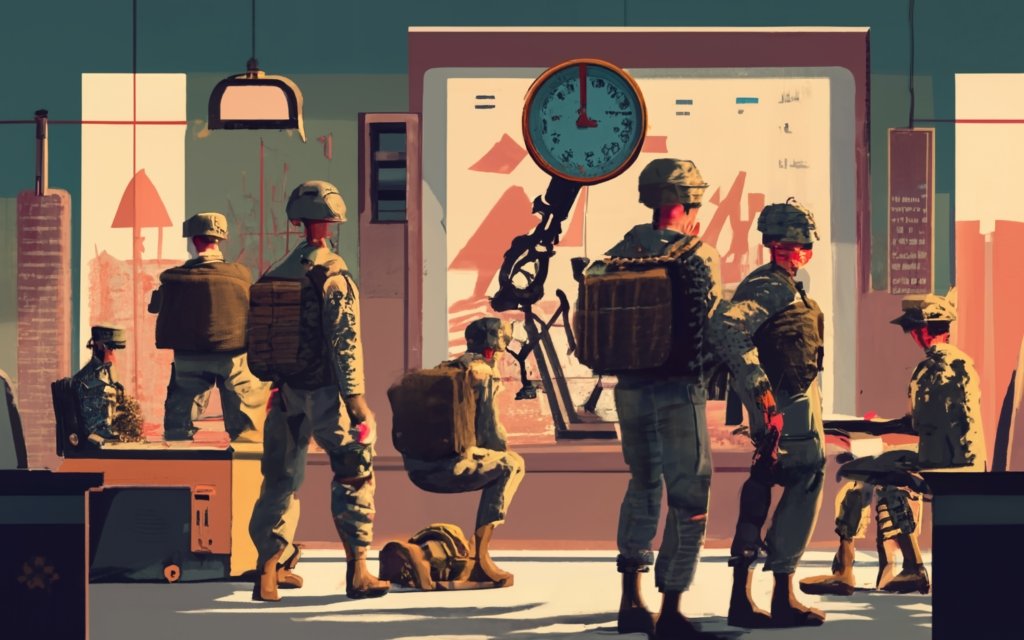
Learning to read military time only takes a minute once you understand the basic conversion from standard time.
Let's break it down step-by-step:
Morning Hours are the Same
- The morning hours from midnight to 11:59 a.m. are the same in military and standard time. For example, 6:30 a.m. becomes 0630 hours.
- One difference is that single digit hours get a leading zero, so 9:15 a.m. is 0915 hours. This maintains the 4-digit format.
So if the time is in the morning, simply remove the am/pm label and add a zero for hours earlier than 10 a.m. Easy!
Afternoon/Evening Hours Add 12
- For afternoon and evening hours, you add 12 hours to convert to military time.
- For instance, 3:45 p.m. becomes 1545 hours. 11:30 p.m. converts to 2330 hours.
- Noon and midnight are special cases:
- Noon is 12:00 p.m. which becomes 1200 hours.
- Midnight is 12:00 a.m. but converts to 0000 hours when switching to military time.
So to summarize, just add 12 for p.m. hours and you've got it!
Midnight and Noon
There are two tricky times when converting to military time:
- Midnight - 12 a.m. becomes 0000 hours. This aligns with the start of a new calendar day.
- Noon - 12 p.m. converts to 1200 hours, not 2400 hours.
It's easy to mess up these two times, so take note of the unique conversions for midnight and noon when translating back and forth.
And that covers the basics of reading military time! With a bit of practice it will become second nature. Let's look at some examples:
| Regular Time | Military Time |
|---|---|
| 3:15 a.m. | 0315 hours |
| 9:30 a.m. | 0930 hours |
| 12:00 p.m. (noon) | 1200 hours |
| 4:28 p.m. | 1628 hours |
| 11:42 p.m. | 2342 hours |
Next we'll explain how to convert back and forth between standard and military time.
Converting Military Time To Standard Time
Good news. Our website just posted its own military time converter tool that you can simply plug and play in order to convert the desired time you want without having to think about it. The converter tool can be found here. That being said, with a grasp of how military time works, we can look at techniques for converting back and forth:
Use a Time Conversion Chart
The easiest way to convert is by using a reference chart that shows military and standard times side-by-side.
Here is a quick military time conversion chart:
| Standard Time | Military Time |
|---|---|
| 12:00 a.m. | 0000 hours |
| 1:00 a.m. | 0100 hours |
| 2:00 a.m. | 0200 hours |
| 3:00 a.m. | 0300 hours |
| 4:00 a.m. | 0400 hours |
| 5:00 a.m. | 0500 hours |
| 6:00 a.m. | 0600 hours |
| 7:00 a.m. | 0700 hours |
| 8:00 a.m. | 0800 hours |
| 9:00 a.m. | 0900 hours |
| 10:00 a.m. | 1000 hours |
| 11:00 a.m. | 1100 hours |
| 12:00 p.m. | 1200 hours |
| 1:00 p.m. | 1300 hours |
| 2:00 p.m. | 1400 hours |
| 3:00 p.m. | 1500 hours |
| 4:00 p.m. | 1600 hours |
| 5:00 p.m. | 1700 hours |
| 6:00 p.m. | 1800 hours |
| 7:00 p.m. | 1900 hours |
| 8:00 p.m. | 2000 hours |
| 9:00 p.m. | 2100 hours |
| 10:00 p.m. | 2200 hours |
| 11:00 p.m. | 2300 hours |
To use the chart, simply locate the standard time on the left side and match it to the military equivalent on the right.
You can also use the chart in reverse, looking up a military time on the right to translate back to standard time.
Keep this chart handy anytime you need to convert military time. It provides an easy reference without having to memorize conversions.
Add 12 for PM Hours
When converting standard times in the afternoon or evening to military time, add 12 from the hours:
- 3:30 p.m. becomes 1530 (3 + 12 = 15)
- 8:15 p.m. is 2015 (8 + 12 = 20)
- 11:59 p.m. converts to 2359 (11 + 12 = 23)
Adding 12 from the hours gives you the military time equivalent for p.m. times in just seconds!
Subtract 12 for AM Hours
To go backwards from military time to standard time, subtract 12 to hours between 1300 and 2359:
- 1430 becomes 2:30 p.m. (14 - 12 = 2, so 2:30 p.m.)
- 2115 converts to 9:15 p.m. (21 - 12 = 9, so 9:15 p.m.)
This lets you quickly translate military afternoon/evening times into standard time.
Between 0000 and 1259 (midnight to 12:59 p.m.), just remove the leading zeros and add am/pm. The only exception is 0000 hours which becomes 12:00 a.m. in standard time.
The History of Military Time

Now that you understand the ins and outs of military time, let's look briefly at the history of how this timekeeping system was developed and adopted.
The 24-hour clock has its roots in ancient astronomical and seasonal timekeeping used by the Egyptians, Chinese, and others. But the modern 24-hour system emerged in Italy in the Western Middle Ages.
Origins in Italy
- The first public mechanical clocks introduced in Italy during the 14th century used a 24-hour system.
- These early clocks divided the day into 24 "Italian hours" starting 1/2 hour after sunset and ending the next evening.
- 24-hour clocks were widespread in Italy by the 19th century.
So the 24-hour timekeeping tradition began in Italy and slowly spread from there.
Adopted by Militaries in Early 20th Century
- The 24-hour system was adopted by militaries in the early 20th century to avoid confusion between a.m. and p.m times.
- The British Royal Navy switched to it in World War I, followed by the U.S. Navy and other Allied forces.
- By 1920, the U.S. Navy had adopted the 24-hour clock, with the Army following in 1942 during WWII.
The military pioneered the consistent use of 24-hour time to eliminate ambiguity during wartime operations.
Use Expanded Across Industries
- Beyond the military, use of the 24-hour clock expanded across other fields like railroads, aviation, medicine, and science and first responder emergency services where precise timekeeping was essential.
- By the 1970s, many nations officially standardized on the 24-hour system.
- Although still not as ubiquitous as 12-hour time, the 24-hour clock is now widely used internationally across both military and civilian contexts.
From its origins in medieval Italy to 21st century navigation systems, the 24-hour system has proven essential anytime unambiguous timekeeping is required.
Why the Military Uses the 24-Hour Clock
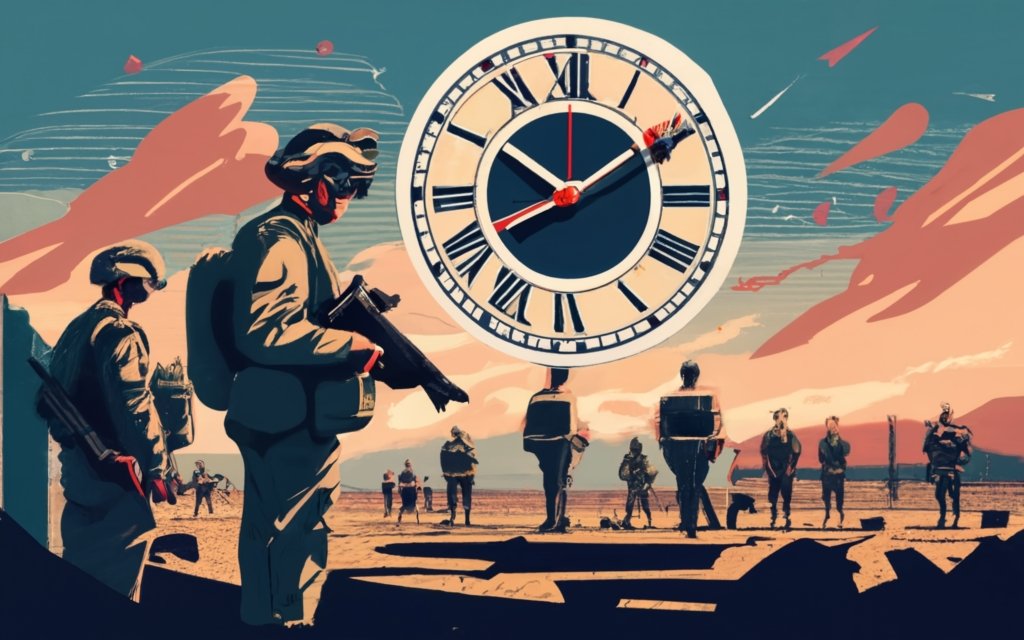
Given that 12-hour time is dominant in everyday life, why has the military utilized 24-hour time for over a century?
There are several key reasons military time provides advantages:
Precision and Avoiding Confusion
- Military operations rely on precise coordination of personnel, equipment, transportation, and more across an organization.
- Any ambiguity in timekeeping could lead to catastrophic confusion (e.g. mistaking a.m. for p.m.).
- By removing a.m./p.m. labels, the 24-hour clock eliminates this ambiguity entirely.
- For missions and critical logistics, military time provides greater accuracy and reduced errors.
Universal Timekeeping for Coordination
- Modern militaries operate across numerous time zones simultaneously.
- Having a single standardized time reference ("Zulu time") enables coordination across these disparate regions.
- The consistent 24-hour system allows seamless collaboration between allied forces without getting time zones confused.
- Universal adherence to military time facilitates large-scale operations and communications.
In essence, the 24-hour clock provides indispensable precision, clarity, and standardization for the military and other fields operating 24/7.
Let's now go through some examples of using military time in practice.
Examples and Practice with Military Time Conversion

With a solid grounding in military time, let's go through some examples and conversion exercises to reinforce what you've learned.
Time Conversion Exercises
Practice translating these standard times to military time:
- 9:15 a.m. = ____ hours
- 2:30 p.m. = ____ hours
- 11:42 p.m. = ____ hours
Now go backwards converting these military times to standard time:
- 1300 hours = ____
- 2215 hours = ____
- 0345 hours = ____
Check your work with the answer key below:
- 0915 hours 2. 1430 hours 3. 2342 hours
- 1:00 p.m. 5. 10:15 p.m. 6. 3:45 a.m.
Being able to quickly convert both directions is key for mastery of military time!
Real World Military Time Examples
Let's look at some examples of how military time is used in practice:
- A TV listing shows a program airing from 0600 to 0700 hours. This means it airs from 6:00 a.m. to 7:00 a.m.
- A museum is open 0900 to 1800 hours on weekdays. So it is open from 9:00 a.m. to 6:00 p.m.
- A military report states an event occurred at 2242 hours. This translates to 10:42 p.m. in standard time.
- A battlefield update is given stating enemy movements happened between 2100 and 2300 hours. So that's an event between 9:00 p.m. and 11:00 p.m.
With practice, converting military time becomes second nature! Try translating some times yourself and it will get easier each time.
Now that you're a military time expert, let's wrap up with some key takeaways.
FAQ About Military Time
Let's wrap up by answering some frequently asked questions about military time:
Q: Why is midnight 0000 hours and not 2400 in military time?
A: While both 0000 and 2400 can refer to midnight, 0000 indicates the start of a new calendar day. 2400 is occasionally used to refer to midnight at the end of a day.
Q: Do you always need to use leading zeros in military time?
A: While not universally required, many militaries and organizations do use leading zeros consistently for hours from 0000 to 0959. This maintains the 4-digit format.
Q: How should minutes and seconds be written in military time?
A: Minutes and seconds are written the same as in standard time: 00:42:15. Some styles separate using a colon while others use a period or leave them out entirely.
Q: Who uses military time other than the armed forces?
A: Hospitals, emergency services, transportation, logistics, aviation, astronomy, and many scientific/technical fields also rely on 24-hour time to eliminate ambiguity.
Q: Is military time the same as GMT or UTC time formats?
A: No - GMT (Greenwich Mean Time) and UTC (Coordinated Universal Time) are time standards used globally to coordinate systems across time zones. Military time is just the 24-hour clock.
Q: Is midnight written as both 0000 and 2400 in military time?
A: Yes, technically both 0000 and 2400 can refer to midnight. But 0000 indicates the start of a new day while 2400 is midnight at the day's end.
And that covers the basics about military time! Let us know if you have any other questions.
Q: What is the difference between 12-hour notation and 24-hour notation?
A: The 12-hour clock divides the day into two 12-hour blocks marked a.m. (ante meridiem) and p.m. (post meridiem). In contrast, the 24-hour clock eliminates a.m. and p.m., instead numbering each hour from 00 to 23. While the 12-hour clock goes from 1 to 12 twice a day, the 24-hour clock avoids any ambiguity by using 00 to 23 once each day.
Q: When did militaries begin officially adopting the 24-hour system?
A: The 24-hour clock was already used in Italian public clocks in the 14th century. But most Western militaries did not adopt it until the early 20th century. The British Royal Navy switched to the 24-hour system around 1915 during World War I, followed by the U.S. Navy in 1920. The U.S. Army officially moved to 24-hour time in 1942. By the 1970s, use of the 24-hour clock had been widely standardized by militaries and other organizations globally.

